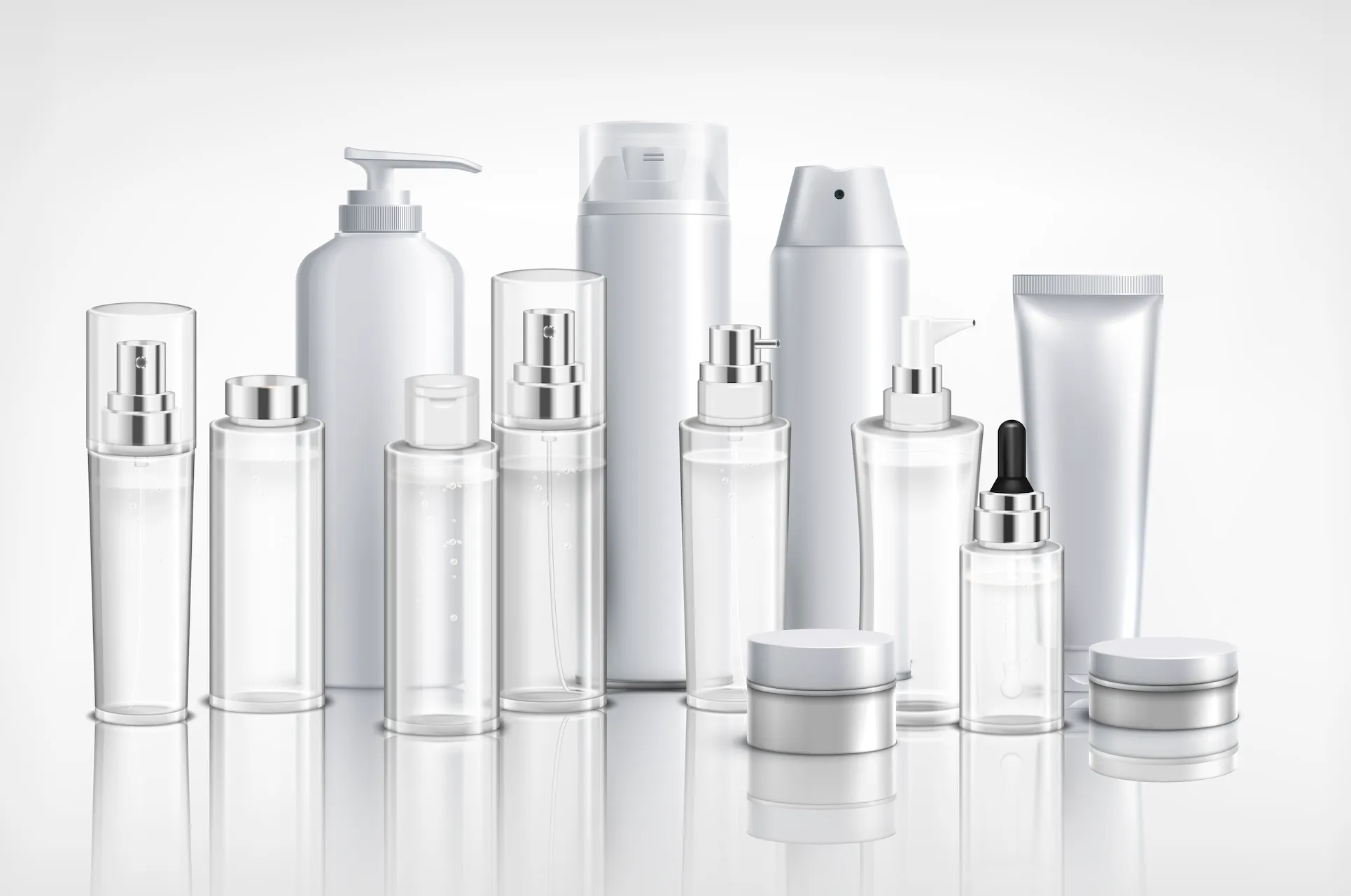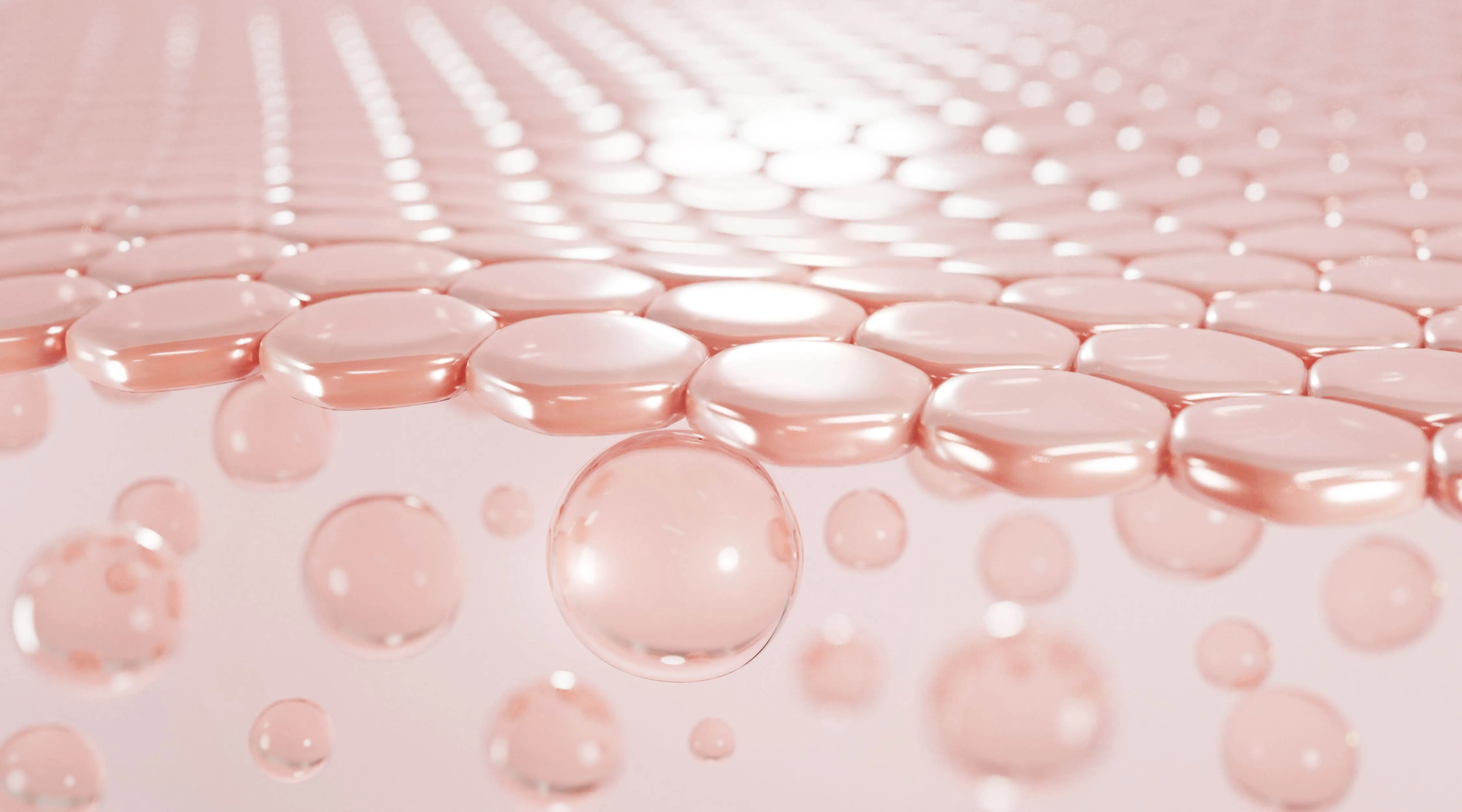How to Protect Your Skin from Environmental Damage

Our skin is constantly exposed to environmental factors that can cause damage over time. From the sun's harmful UV rays to pollution and harsh weather conditions, these elements can lead to premature aging, hyperpigmentation, and even skin cancer. Protecting your skin from environmental damage is essential for maintaining a healthy, youthful complexion. Here’s how you can shield your skin from the elements and keep it looking its best.
1. Sunscreen is Non-Negotiable
The sun’s ultraviolet (UV) rays are one of the leading causes of skin damage. Prolonged exposure can lead to sunburn, premature aging, and an increased risk of skin cancer. Sunscreen is your first line of defense against these harmful rays.
Broad-Spectrum Protection: Choose a sunscreen that offers broad-spectrum protection, meaning it guards against both UVA and UVB rays.
SPF 30 or Higher: Opt for an SPF of 30 or higher, and remember to reapply every two hours, especially if you’re outdoors, swimming, or sweating.
Daily Use: Make sunscreen a part of your daily skincare routine, even on cloudy days or when you’re indoors, as UV rays can penetrate windows.
Tip: Don’t forget often-missed spots like your ears, neck, and the back of your hands.
2. Antioxidants: Your Skin’s Best Friend
Environmental factors like pollution and UV rays generate free radicals—unstable molecules that can damage skin cells and accelerate aging. Antioxidants neutralize these free radicals, protecting your skin from oxidative stress.
Vitamin C: A potent antioxidant that brightens the skin and protects against environmental aggressors. Apply a vitamin C serum in the morning for added protection.
Vitamin E: Often paired with vitamin C, vitamin E helps strengthen the skin barrier and improve moisture retention.
Green Tea Extract: Rich in polyphenols, green tea extract soothes the skin and provides antioxidant protection.
Tip: Look for skincare products with antioxidants like serums or moisturizers to incorporate into your daily routine.
3. Hydration: Keep Your Skin Moisturized
Environmental factors like wind, cold air, and indoor heating can strip your skin of moisture, leading to dryness and irritation. Keeping your skin hydrated is crucial for maintaining its barrier function and resilience.
Moisturizer: Use a moisturizer suited to your skin type. For dry skin, choose a richer cream; for oily skin, a lightweight gel moisturizer works best.
Hyaluronic Acid: A humectant that draws moisture into the skin, hyaluronic acid is ideal for keeping your skin hydrated and plump.
Humidifier: In dry or cold climates, use a humidifier to add moisture to the air and prevent your skin from drying out.
Tip: Apply moisturizer while your skin is still damp to lock in moisture.
4. Protect Your Skin from Pollution
Pollution particles, such as dirt, smoke, and smog, can penetrate the skin, causing inflammation, clogged pores, and premature aging. Here’s how to protect your skin from pollution:
Cleanse Thoroughly: Double cleanse in the evening to remove dirt, oil, and pollutants that accumulate on your skin throughout the day.
Barrier Repair Creams: Strengthen your skin’s natural barrier with creams that contain ceramides, niacinamide, or other barrier-supporting ingredients.
Pollution-Proof Skincare: Consider using products specifically designed to protect against pollution, which often contain antioxidants and barrier-forming ingredients.
Tip: Avoid walking or exercising in high-pollution areas when possible, especially during peak traffic times.
5. Weather-Proof Your Skincare Routine
Different weather conditions can have varying effects on your skin. Adapting your skincare routine according to the season is key to protecting your skin.
Winter: In cold weather, switch to a heavier moisturizer, and don’t forget to protect your skin from windburn with a scarf or protective balm.
Summer: In hot and humid conditions, opt for lighter, oil-free moisturizers, and make sure to apply sunscreen more frequently due to increased UV exposure.
Windy Conditions: Wind can strip your skin of moisture, leading to dryness and irritation. Apply a thick, protective layer of moisturizer or balm before heading out.
Tip: Always carry a hydrating facial mist or a small bottle of moisturizer for touch-ups throughout the day.





